Where Is the Anode Rod on a GE Water Heater?
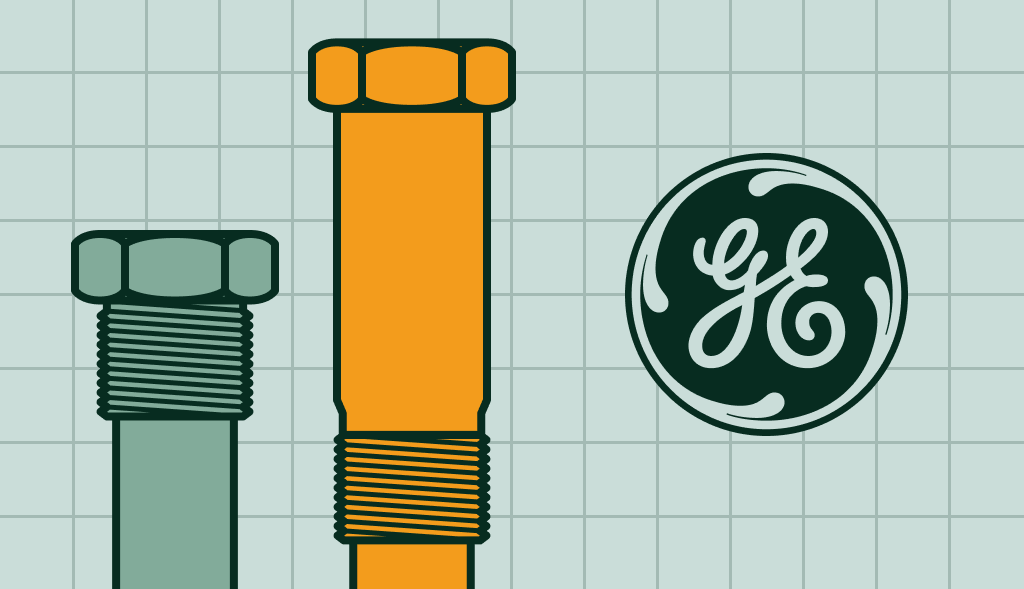
What an Anode Rod Does
Inside every water heater, an anode rod attracts minerals and corrosion, so the tank itself is not damaged. The rod is made from magnesium or aluminum, and it slowly wears away over time. Without it, the tank is unprotected and more likely to develop leaks. For a more detailed breakdown on how an anode rod works: What is an Anode Rod?
GE Water Heater Anode Rod Location
In most GE hot water heaters, the anode rod is located on the top of the tank. Depending on the model, it may be directly under a hexagonal plug or built into the hot-water outlet connection.
- Standard GE electric and gas water heaters: Look for the rod near the hot-water outlet.
- GE hybrid water heaters: The rod is usually recessed on top of the tank.
- GE GeoSpring water heaters: The rod is often under a removable cover plate.
Knowing the exact location makes it easier to inspect or replace when needed.
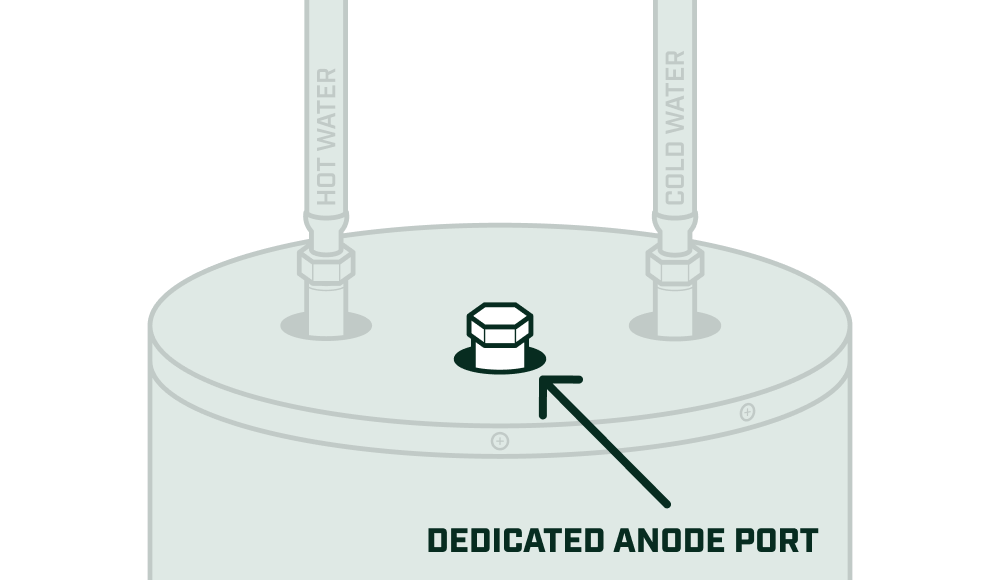
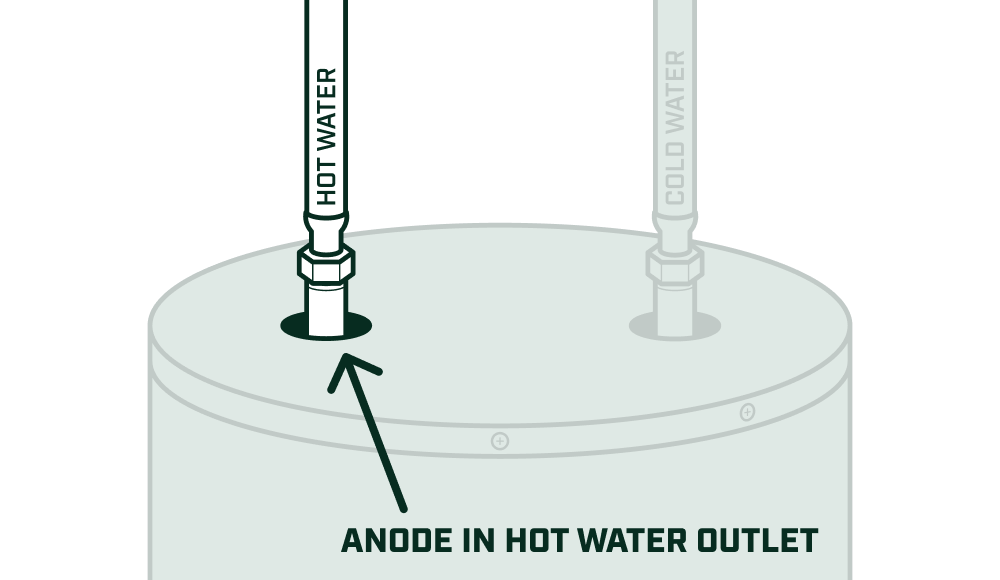
How to Replace an Anode Rod in a GE Water Heater
Replacing a GE water heater anode rod is manageable with the right tools and a few simple steps. Changing the anode rod in your GE water heater to a powered anode rod for odor-free, long-lasting protection.
Step-by-Step Instructions
The following steps apply when the GE water heater model has the anode in the dedicated anode port, which is the case for the majority of them. If your water heater has the anode in the hot water outlet, follow the installation guide for the hot water outlet instead.
Step 1
Turn off the power or gas, and water supply.

Step 2
Relieve pressure and drain water.

Step 3
Locate and remove the old rod.
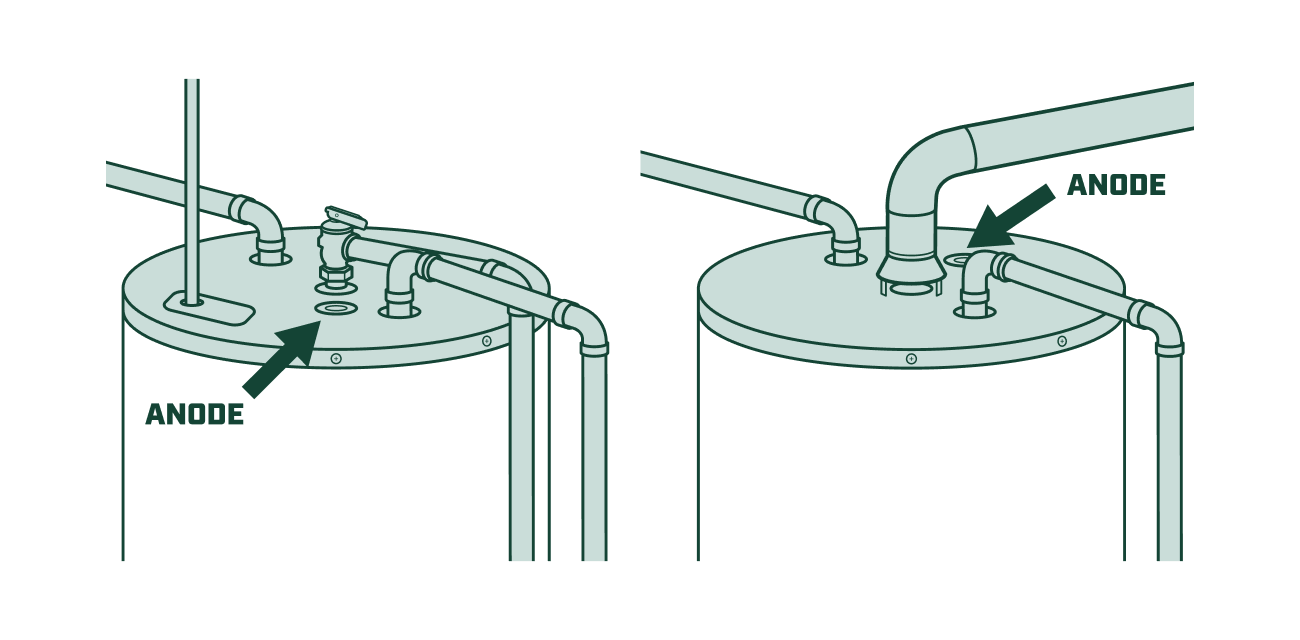
Step 4
Install the new rod.
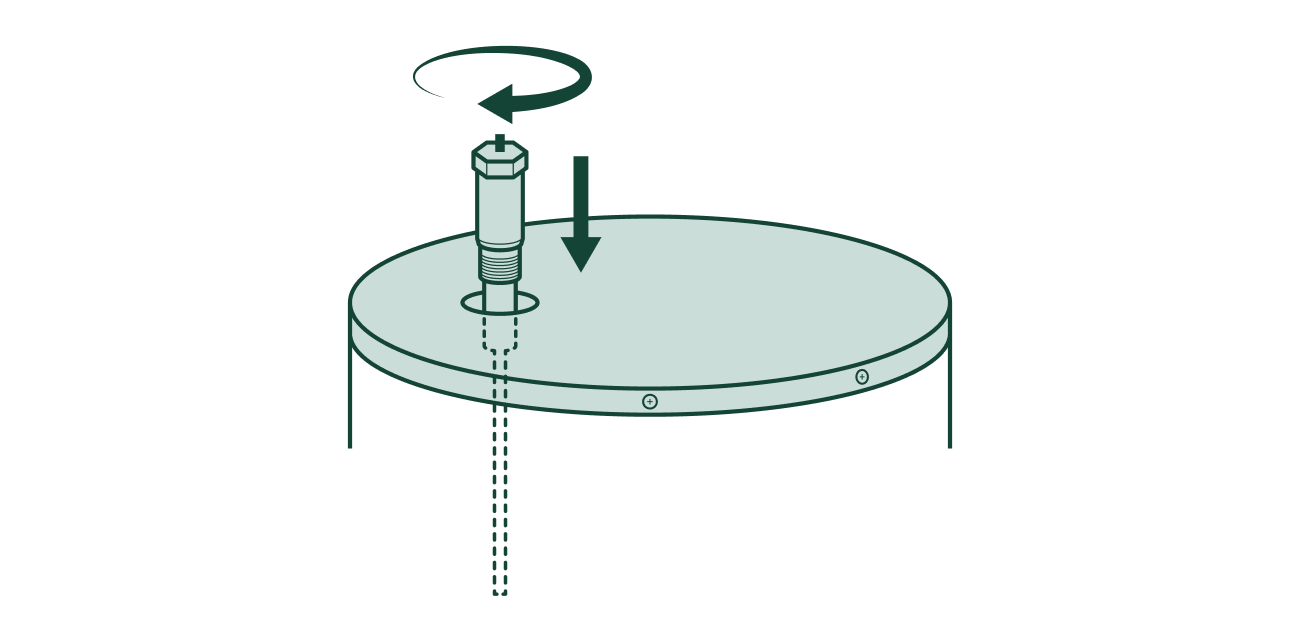
Step 5
Restore service.
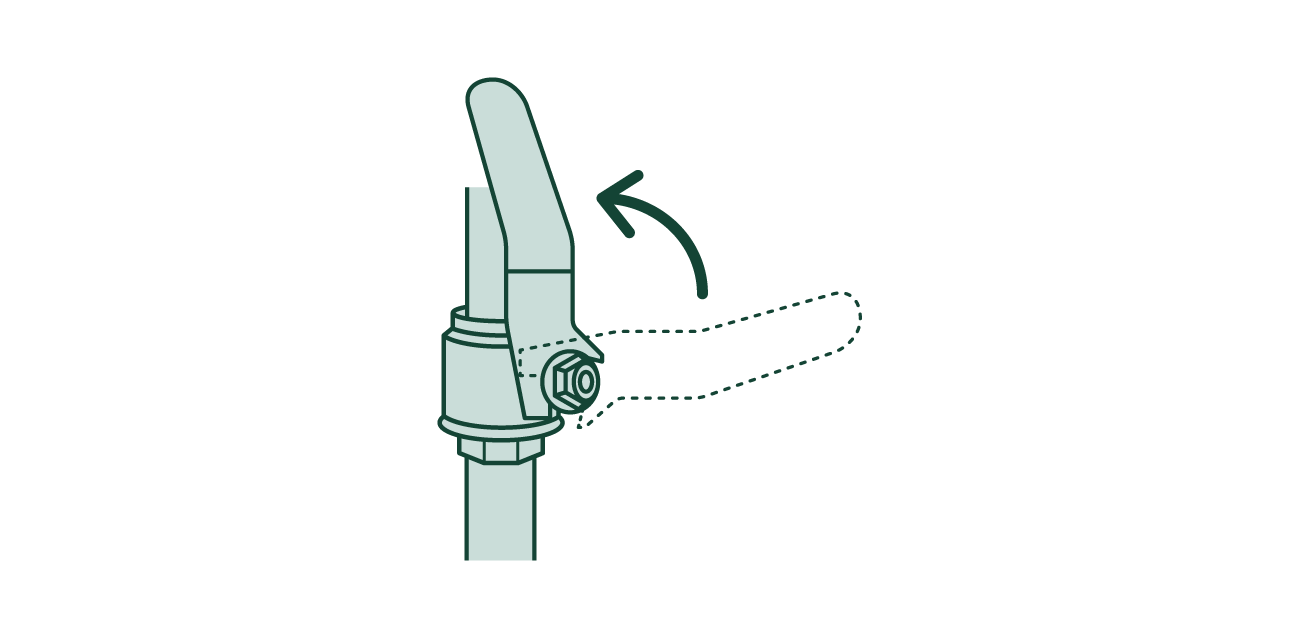
For more detailed instructions and the necessary tools, refer to our Regular Model Installation Guide or your user manual.
Comparing Replacement Options
Traditional anode rods are made from magnesium or aluminum, but they both have limitations. A powered anode rod is a modern alternative that eliminates many of those issues.
| Powered Anode Rod | Magnesium Anode Rod | Aluminum Anode Rod(Zn-Alloy) | |
|---|---|---|---|
| Type | Titanium (Impressed-Current) | Sacrificial | Sacrificial |
| Typical Lifespan* | 25+ yrs | 1 to 3-5 yrs | 2 to 4-6 yrs |
| Lifetime Cost* | $159.99 | $199.99 to $999.99 | $209.99 to $599.99 |
| Typical Price* | $159.99 | $39.99 | $49.99 |
| Energy savings | Reduces energy bills by $40/year by preventing sediment buildup | Increase energy use due to sediment buildup | Increase energy use due to sediment buildup |
| Anode Rod Replacement |
Never |
Frequently |
Frenquently |
| Corrosion Protection |
Stops corrosion |
Failing to replace the anode rod before it’s depleted means water heater corrosion/failure will resume; regular inspection is key |
Lose their effectiveness over time. To ensure continued protection against corrosion, timely replacement is essential |
| Sulfur smell elimination | Eliminates & Prevents sulfur smell in hot water within 24 hours, no matter the cause | Can react with certain water types, producing an unpleasant sulfur smell in hot water | Can help reduce sulfur smell in hot water |
| Sediment Build-Up | Reduces sediment accumulation | Can cause sediment buildup in the tank when the anode is deteriorated | Can cause sediment buildup in the tank when the anode is deteriorated |
| Water Quality | Best for any water chemistry (soft or hard water) | Good for any water chemistry but will deteriorate more quickly in hard water | Good for any water chemistry but will deteriorate more quickly in hard water |
| Inspect | No anode rod inspection |
Hard/Well water: yearly Soft city water: every 2 yrs |
Hard/Well water: yearly Soft city water: every 2 yrs |
| Replace | No anode replacement. Controller sounds/LED alerts after ~20 yrs |
Anode rod replacement Hard/Well water: 2 to 3 yrs Soft city water: ~5 yrs |
Anode rod replacement Hard/Well water: 4 to 6 yrs Soft city water: ~5 yrs |
| Odor Notes | Ends odor completely in less than 24 hours | Can cause sulfur smell over time | Helps reduce smell, not always fully |
Why Powered Anode Rods Are the Right Choice
While aluminum and magnesium rods can temporarily protect a GE water heater, they often lead to odor problems and require frequent replacements. A powered anode rod provides a permanent solution to the issues usually associated with traditional rods.
The advantages include:
- Eliminates sulfur and rotten egg smells.
- Protects tanks in all types of water, including well and softened water.
- Reduces maintenance and replacement costs over time.
- Backed by a 20-year limited warranty when registered.
For GE water heaters, including GeoSpring and hybrid models, a powered anode rod offers the best long-term value and reliability.
Installation Help and Resources
If you are ready to replace your GE water heater anode rod, Corro-Protec provides resources to make installation easier:
These resources include step-by-step instructions, the required tools, and video guides
Summary
- Most GE anode rods are located on the top of the tank, often under a hex head plug or near the hot-water outlet.
- The anode rod in a GE water heater protects the tank from rust and corrosion.
Over time, the rod deteriorates and must be replaced to keep the tank protected.
- Traditional aluminum and magnesium rods need regular replacement and may cause odor issues. A powered anode rod offers long-term protection, eliminates rotten egg smells, and is maintenance-free.
FAQ
No, the Corro-Protec powered anode rod does not void your GE water heater warranty. In fact, GE considers powered anode rods to be maintenance parts that support the proper functioning and longevity of the tank.
In the United States, this is protected under the Magnuson-Moss Warranty Act, and in Canada, under the Canadian Competition Act. The only exception permitted by law is if a manufacturer offers an equivalent part using the same technology at no cost, which never happens.
The anode rod in your General Electric (GE) water heater is located on top of your tank. When you are facing the front of your water heater, the sacrificial magnesium or aluminum anode is located at the back of the vent pipe. Refer to your water heater’s user guide for more information.

Blog
Where Is the Anode Rod on a Water Heater?
If you’ve ever wondered, “Where is the anode rod on my water heater?” you’re not alone. Homeowners often feel confused and are left searching when […]
What is an Anode Rod?
You might have heard about an anode rod if you have a hot water heater. But what exactly is it, and why is it important? […]

